Selling unsecured debts should become common practice
| Concerned about amending regulations on debt restructuring time | |
| How will employees at bankrupt enterprises with social insurance debts be resolved? | |
| Many businesses pay taxes after being coerced |
 |
| Dr. Nguyen Tri Hieu |
Bad debt from consumer loans is at risk of increasing, debt settlement is facing many difficulties, how do you assess that many banks have sold consumer loans?
For credit institutions, including banks or financial companies, consumer credit currently contains many risks. Due to the Covid-19 pandemic, many customers have reduced income, even no income, so their financial situation is difficult, and they are unable to pay their debts.
Meanwhile, regulations and measures on debt structure, interest rate exemption and reduction to support customers affected by the Covid-19 pandemic are focused on corporate customers, while being less related to personal loans.
Although some banks and financial companies have extended, postponed, restructured debts, and reduced interest rates for individual customers, these are all cases where debt is still solvable or valuable collateral is available. If a customer is insolvent and has no collateral, it will be difficult for a credit institution to provide support.
Consumer loans are riskier than business loans. Businesses also have collateral assets such as plants and equipment as well as complete records and papers, while individual customers often do not have unsecured collateral or non-collateralized assets which are means of transport, so it is more difficult to manage.
Banks do not have a debt collection service, so some banks are now selling consumer debt, both helping banks to recover part of their financial resources and reducing the pressure of bad debts. These sold debts often have a discount of a certain percentage, with a higher rate for unsecured debts.
Is this the trend of the debt trading market in the current context?
In fact, the purchase and sale of consumer loans by banks in developed countries is not new. Once a bank has reached its credit limit, it will sell bad debt, good debt, secured debt and unsecured debt.
Moreover, the sale of unsecured debts should become a practice because there are many small debts that banks also want to sell instead of spending time monitoring and managing them.
In Vietnam, this form can be quite strange. Therefore, the market for buying and selling consumer loans will not be exciting, especially when the value of consumer loans is low due to the borrower's inability to repay due to the impact of Covid-19, so this is not attractive.
However, there may be foreign investors taking this opportunity to "jump" into Vietnam's debt trading market, if the risk is acceptable, buying debts at a high discount rate.
In Vietnam, what are the difficulties that make buying and selling consumer loans not as active as in many other countries, sir?
Buying and selling unsecured assets is quite common in developed countries. In the US, they have securitized bad debt to sell to investors. But Vietnam has not done so, because there is no regulation on securitization of bad debts.
But there are two major shortcomings that our country has not been able to make to facilitate the settlement of consumer loans. Firstly, many countries have credit scoring systems for both businesses and individuals, and investors can look at credit scores to determine the customer's ability to repay.
Although Vietnam has a credit information center, individual credit scores are not common, each bank has its own scoring system, so the reliability is not high.
Secondly, Vietnam does not have a law on personal bankruptcy, only for bankruptcy of enterprises. Therefore, many individuals are still debtors of banks and financial companies, even when they are dead and no longer pay their debts, so they become bad debts.
What do you think about the support for consumer credit of new forms of consumer lending appearing in Vietnam?
Comparing the types of consumer loans allowed in Vietnam today, banks are still more careful consumer lending institutions. Because banks are regulated and operated under the Law on Credit Institutions, the process and operation are stricter than that of financial companies. However, it is also undeniable that the supporting effect on consumer financial capital of financial companies and financial technology companies (fintech) in the market today.
These are necessary additional resources because individual customers often do not have collateral and low income, so it is difficult to meet loan conditions at banks.
In addition, some new forms of lending such as peer-to-peer lending (P2P) also create more conditions for individuals to borrow money, because this is a civil cooperation between borrowers and lenders, P2P companies only stand out to ensure and provide connectivity solutions. However, in any form, both borrowers and lenders must seek credibility to ensure debt recovery.
Thank you Sir!
| At the verification session on the socio-economic situation held by the Economic Committee of the National Assembly on September 29, SBV Deputy Governor Nguyen Kim Anh said that the ratio of bad debt on the balance sheet and potential bad debt at the end of the year now expected to be between 7.1-7.7%, approximately 8%, when banks carry out debt restructuring and deferral according to Circular 01, Circular 03 and Circular 14 of the SBV. According to the Credit Department for Economic Sectors, the State Bank of Vietnam, by the end of March 2021, outstanding loans for life reached VND1,867 quadrillion, up by 1.2% compared to the end of last year. According to a recent statistics of HSBC at four big banks (Vietcombank, VietinBank, BIDV, Agribank), the household loan ratio has increased to 46% of total outstanding loans in 2020. Consumer debt alone has increased from 41% of income (per worker) in 2013 to more than 100% in 2020. |
Related News

Aiming for 16% credit growth and removing credit room allocation
09:17 | 14/02/2025 Import-Export

Ho Chi Minh City: Foreign visitors spend more than VND1,500 billion to buy goods upon exit
10:01 | 07/02/2025 Customs
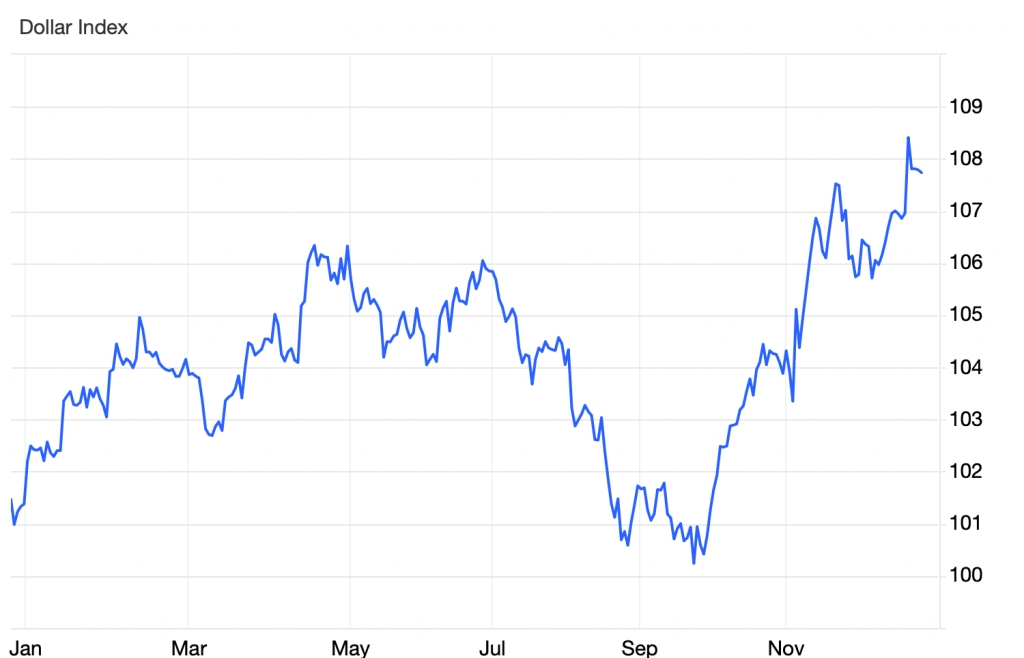
Flexible and proactive when exchange rates still fluctuate in 2025
11:03 | 30/12/2024 Finance

Halal Market: The Door is Wide Open, How to Exploit It
14:23 | 29/12/2024 Import-Export
Latest News

Embracing green exports: a pathway to enter global supply chains
10:33 | 20/02/2025 Import-Export

New policy proposed to prevent transfer pricing, tax evasion of FDI enterprises
10:32 | 20/02/2025 Import-Export
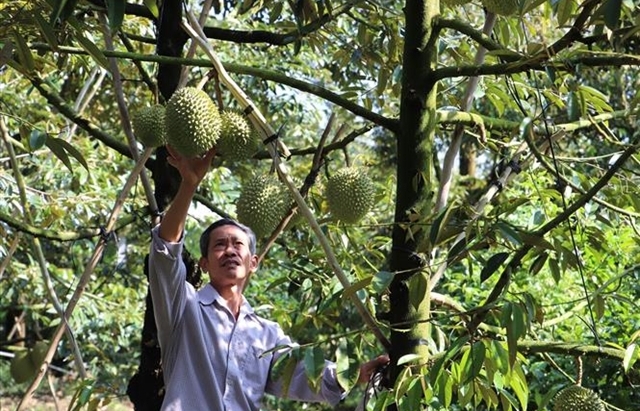
Việt Nam’s durian exports to China plummet by 80%
16:18 | 19/02/2025 Import-Export
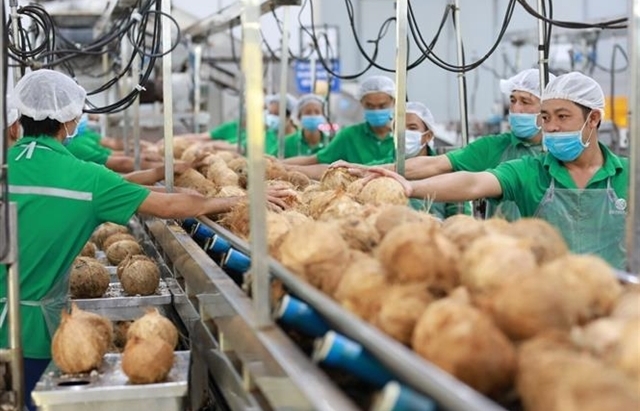
Coconut exports reach 14-year high
15:29 | 18/02/2025 Import-Export
More News

Shrimp exports grow in the first month of 2025
15:28 | 18/02/2025 Import-Export
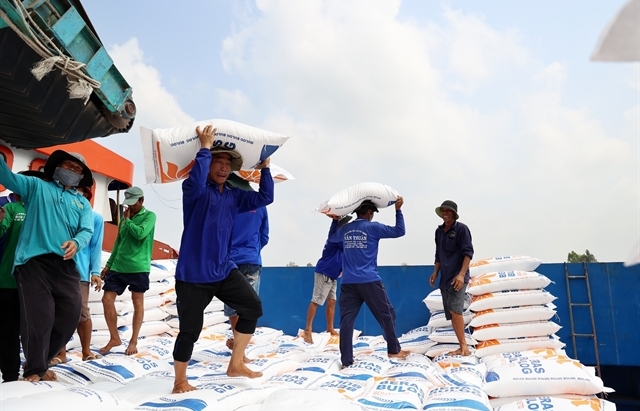
Rice export prices drop, but decline expected to be short-term
08:10 | 17/02/2025 Import-Export
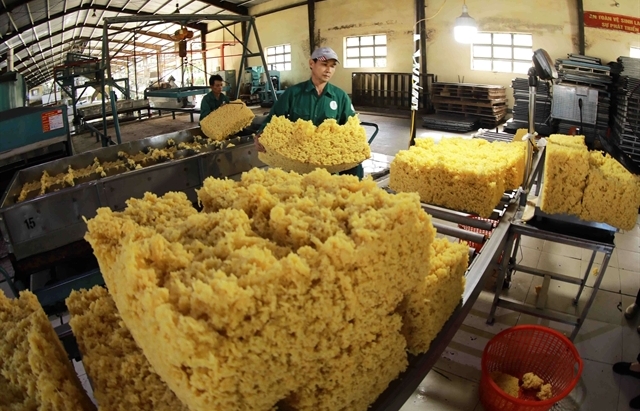
Key agro products expected to maintain export growth this year
08:08 | 17/02/2025 Import-Export
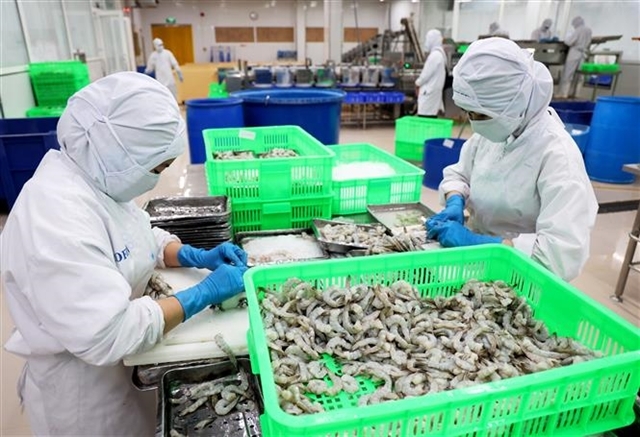
EU issues 12 warnings against Việt Nam’s food and agricultural exports
08:07 | 17/02/2025 Import-Export
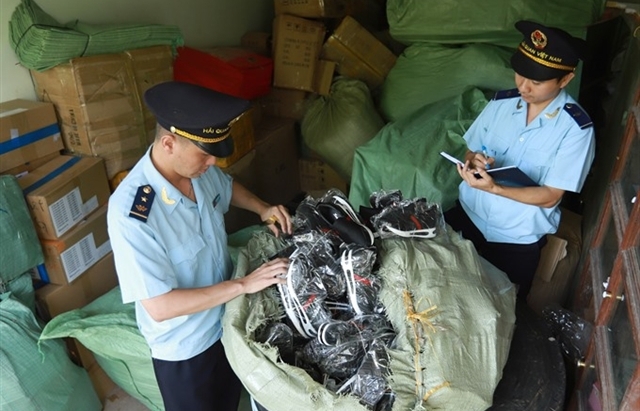
Việt Nam to impose VAT on low-value express-imported goods
08:06 | 17/02/2025 Import-Export

Exchange rate risks need attention in near future
16:31 | 15/02/2025 Import-Export
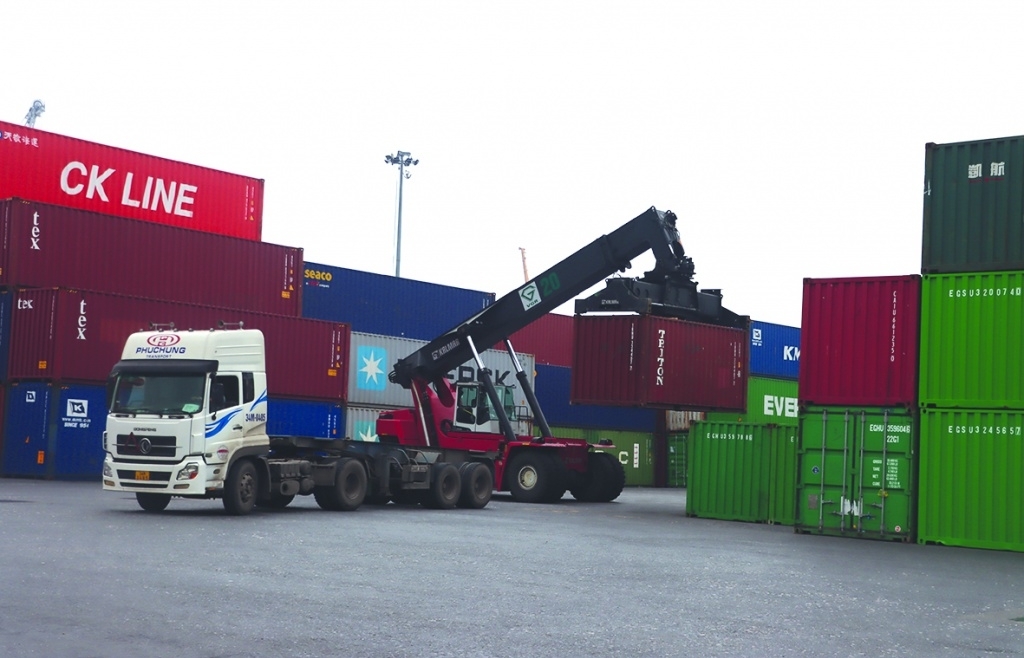
Vietnam kicked off the year with a strong start in trade, exceeding US$63 billion in the first month
16:30 | 15/02/2025 Import-Export

Import and export turnover reaches about US$29 billion in the second half of January 2025
14:52 | 14/02/2025 Import-Export

Market edges up slightly as liquidity remains low
14:48 | 14/02/2025 Import-Export
Your care
The system has not recorded your reading habits.
Please Login/Register so that the system can provide articles according to your reading needs.

Embracing green exports: a pathway to enter global supply chains
10:33 | 20/02/2025 Import-Export

New policy proposed to prevent transfer pricing, tax evasion of FDI enterprises
10:32 | 20/02/2025 Import-Export

Việt Nam’s durian exports to China plummet by 80%
16:18 | 19/02/2025 Import-Export

Coconut exports reach 14-year high
15:29 | 18/02/2025 Import-Export

Shrimp exports grow in the first month of 2025
15:28 | 18/02/2025 Import-Export
